We are spending a few days in Seoul to do a little cultural sightseeing, visiting some of the Art Galleries and Museums, and searching out some interesting shops and small private galleries that show a range of hand-made objects, and not just ceramics.
It’s always great to be in a very different place and experience different cultures first hand. We are here alone without any real Korean language skills, just following our noses I can’t help but notice as we walk to the station that they seem to have chosen one of the most expensive way to wash their high-rise windows.
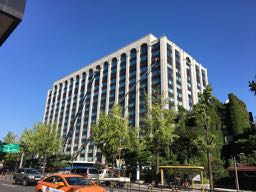

Two large cranes for a day, a Sunday at that, must cost a small fortune?
I’m more accustomed to seeing blokes abseil down the glass fronts of these big buildings, or stand in a mechanical hoist that is lowered down from the roof.


As we approach the station we see the first of the first of what is going to be a very common sight over the next few weeks. People make use of every space to dry their autumn harvest. In this case Chilis, and this is in the middle of the city of Seoul. Every spare bit of space is utilised.
We are very lucky to discover a very nice small shop that sells handmade ‘Jogakbo’ Korean patchwork fabrics and Korean paper lamps. We spend half an hour in there even though the shop is quite small. It has a lot of very interesting small things stashed away in intriguing little nooks and crannies. We really enjoy the paper cut-out lanterns, lamp shades and wall installations.



Their patchwork seems to feature a lot of pastel colours and at times some very bright colours, but I’m rather drawn to the most simple unbleached, off-white, hemp and ramie fibre fabrics. Simple and restrained, they speak to me of tranquility, even though the surface is intrinsically busy. I see parallels in my life in this material. I’d love a large, wall-sized piece, but they are too expensive.
We settle on a couple of small things that are more in tune with our budget. One in pastels and another in a very restrained, if somewhat Piet Mondrianish style.

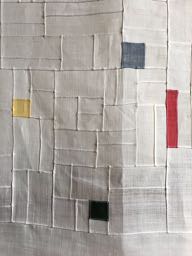


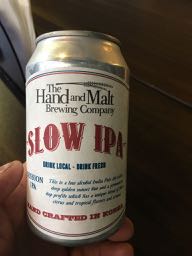

We dine in a little cafe just down a lane, not too far from our hotel. It offers just about the best hand-made, small production, Indian Pale Ale that I have ever tasted, and it’s made locally too! Sweet, sour, bitter and spritzig, with wonderful fruity hops. The hops are so lively, that I suspect that it has been double hopped, late in the ferment. I don’t know much about beer making, although I do make beer at home myself, but I’m a complete amateur and just use a ‘Coopers’ kit. However, my son Geordie is right into brewing his own mash from basic grains, as is my friend David in Wales. He even grows his own hops in his garden.
See,; ‘From Side-stoking in Stoke to Wwoof-ing in Wales’, on this blog a few weeks back.
For the rest of our trip here we only drink Fermented white rice wine, soju or whatever local Korean beer there is in the little village cafes that we frequent. Although when I take my friends Jun Beom and his wife out to lunch, he chooses us a bottle of soju made from sweet potatoes. A first time for me. Not that different in flavour from the rice originated equivalent. Or so it seems to my uninitiated taste buds.
The next two days are spent with our friend Miss Kang, she is only available on weekends now, since she got a full time job. We are lucky that she has the time to spare to see us. I am eternally grateful to her for being my translator and driver a few years ago. She was fantastic in that role. We have continued to keep in touch and are now friends. This is the 4th time that I have visited Korea and managed to catch up with her.
She drives us to Icheon a few hours away to visit a common friend and see his new gallery. Icheon is a pottery town. It seems to be almost exclusively involved in the business of making and selling pots. After lunch we go for a walk to visit a few of the other workshops and galleries. There is a small ceramic festival on today in a new part of town where a new pottery suburb has been built. It’s so new that not all the streets are tar sealed yet and not all the allotments have been fully developed. The festival/ street party is to get the community involved and make a bit of an advertising splash. As this area is so new that they need to make themselves and their whereabouts known to the wider community.
Miss Kang takes us to one gallery/workshop where the owners name is ‘Mium’. They have built their workshop and gallery as a square shape with a square courtyard in the centre, with square windows. Miss Kang explains to Janine, using her phone, that the Korean letter ‘☐‘ is a plain consonant and is pronounced ‘mieun’, so they have used this as a central motif, not only in their work, but also in the design of their workshop.
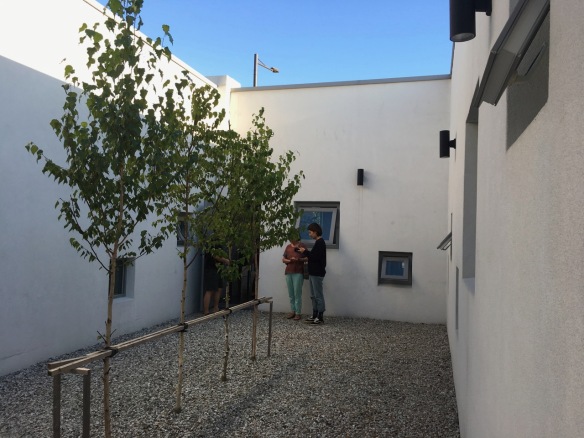

Next, we are taken to a Master Moonjar Maker. He has a fantastic workshop and gallery too. He is firing his wood kiln today. We can see this from afar, as it is very smokey. We are introduced, and it is expained that we are here to take part in the Yanggu Porcelain Museum, Special Annual Porcelain Forum. The potter, Cheol Shin, looks amazed for a second, then shakes my hand. He tells me, through translation, that he is very pleased to meet me, and knows that I am coming to Korea, because he will be one of the speakers /demonstrators at that forum too. What an amazing piece of synchronicity! He is a really nice guy, so friendly, but without Miss Kang and Jun Beom to help us, we wouldn’t know.
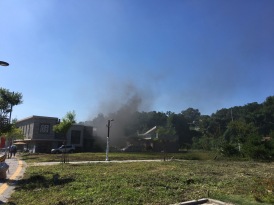



Apparently, he made 1000 large Moonjars, before he was prepared to call himself ‘Master’. I believe that he is certainly entitled to give himself that title now.
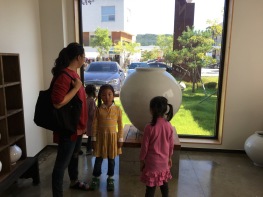


Next, Miss Kang and Jun Beom take us to the local HaeJu Ceramic Museum. We meet the Director, Mr KiHwan Um. He seems a rather eccentric kind of fellow. I like him. After some polite social introductions and an exchange of name cards, an explanation of our mission here and my past research, he shows us around and gives us a special personal tour of the exhibits, but more importantly, the stock rooms. There are rows and rows of old and new pots. He just happens to have a collection of Song dynasty pots in his collection. Amazingly, we are expected to handle them and comment.





We end our tour in the international section. He asks if I have any images of my work with me. I regret that I don’t, as I wasn’t aware that I’d be coming here, this is just a fluke meeting. I do have a few images on my phone though. I show him what I have of my show at Watters Gallery last year. I am suprized when he asked me, through Miss Kang, if he can obtain one of my Australian Native single-stone porcelain bowls for the Museum. I’m flattered.
Before we leave Icheon, we bump into a couple of Australians, Tony and Gail, who have come here to do a week-long, hands-on workshop in Onggi making. There are apparently 5 Australians here for the workshop. Lucky them.
I love Korea. I am always happy here. We’ve only just arrived and I havent even left yet, but I’m already thinking of ways to come back. It’s a funny thing.


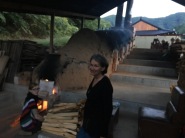


































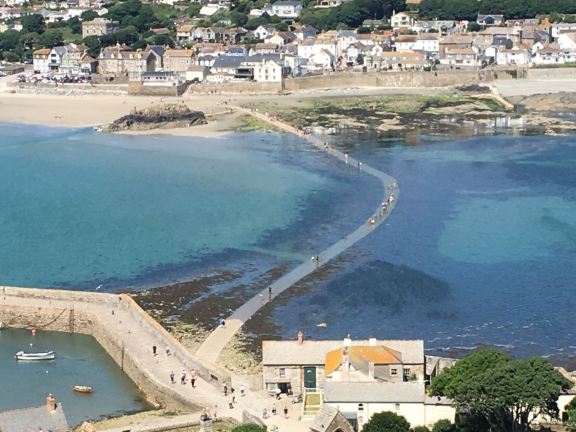
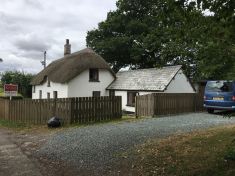




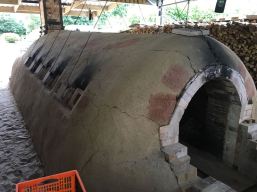

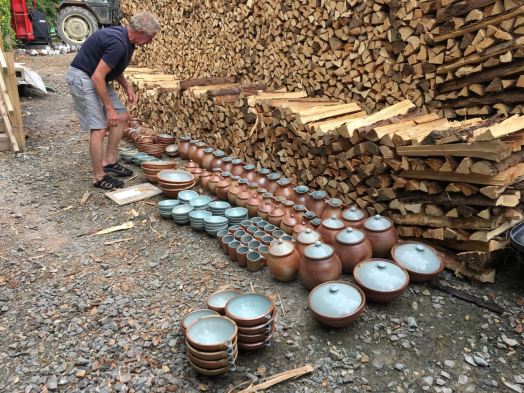

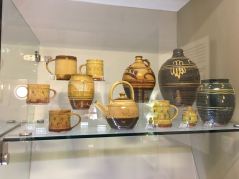
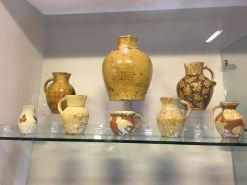




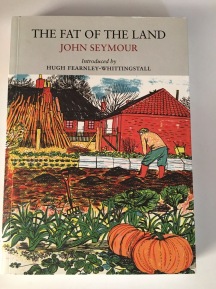
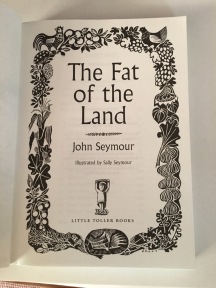





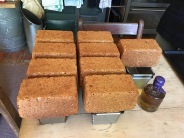


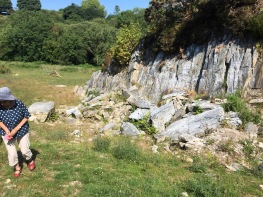


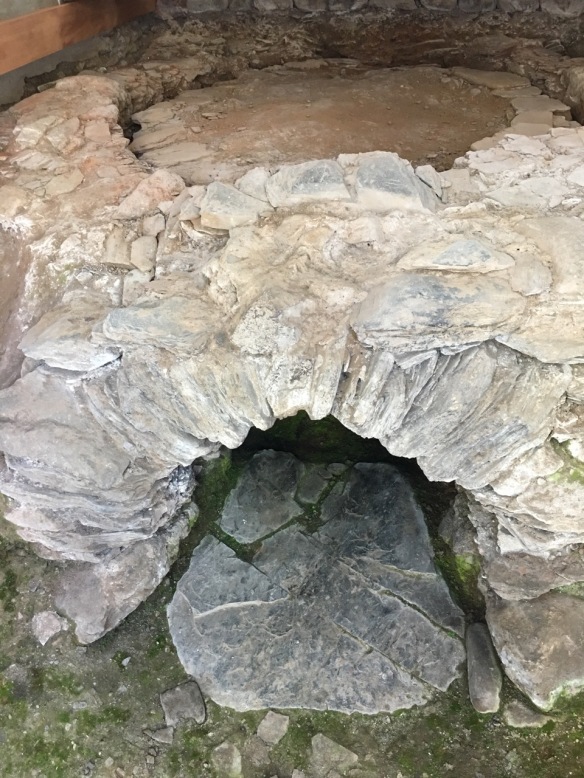
You must be logged in to post a comment.